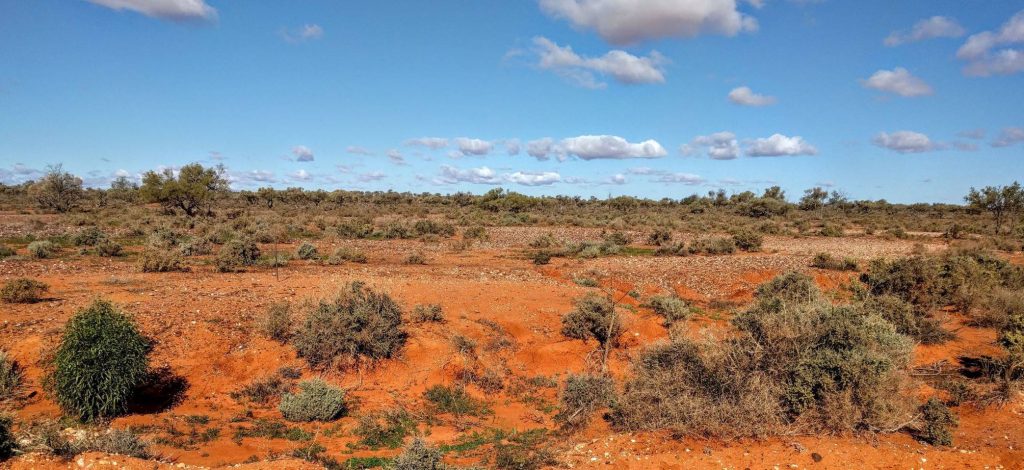Australia is no stranger to the harsh realities of drought. These prolonged dry spells are a recurring feature of the Australian climate, with significant impacts on the environment, economy, and society. What are the causes, impacts, and potential solutions to droughts in Australia?

The Causes of Drought in Australia
- Climate Variability: Australia’s climate is highly variable and subject to significant natural fluctuations. The country experiences periodic cycles of drought due to phenomena such as El Niño and La Niña. During an El Niño event, the Pacific Ocean experiences warmer sea surface temperatures, which typically results in reduced rainfall across eastern Australia.
- Climate Change: Climate change is exacerbating the frequency and intensity of droughts in Australia. Rising temperatures lead to increased evaporation rates, reducing soil moisture and streamflow. This trend is projected to continue, with climate models predicting more frequent and severe drought conditions as global temperatures rise.
- Deforestation and Land Use Changes: Human activities such as deforestation and changes in land use can contribute to drought conditions. Removing vegetation disrupts the water cycle, reducing the amount of moisture that is released into the atmosphere and consequently diminishing rainfall.
The Impacts of Drought
- Environmental Damage: Droughts have severe environmental consequences, including reduced water availability, lower river flows, and diminished water quality. Ecosystems suffer as plant and animal species struggle to survive in increasingly arid conditions. Prolonged drought can lead to loss of biodiversity, soil erosion, and increased susceptibility to bushfires.
- Agricultural Challenges: Agriculture is one of the sectors most affected by drought. Reduced rainfall and water shortages lead to lower crop yields and increased costs for irrigation. Farmers face significant financial stress, and in some cases, are forced to abandon their land. Livestock production also suffers due to diminished pasture growth and water availability.
- Economic and Social Impacts: The economic repercussions of drought extend beyond agriculture. Rural communities face job losses and decreased economic activity, leading to social challenges such as increased mental health issues and population decline as people move to urban areas in search of work. The broader economy can also be affected through higher food prices and reduced export earnings.


Solutions to Combat Drought
- Water Management Strategies: Efficient water management is crucial in mitigating the impacts of drought. This includes investing in infrastructure such as dams and reservoirs to store water during wet periods, and improving irrigation techniques to use water more efficiently. Desalination plants, which convert seawater into freshwater, can also provide a reliable water source during drought.
- Sustainable Agricultural Practices: Implementing sustainable farming practices can help reduce the vulnerability of agriculture to drought. This includes adopting drought-resistant crop varieties, practicing crop rotation to maintain soil health, and using precision agriculture technologies to optimize water usage.
- Reforestation and Land Restoration: Reforestation and land restoration projects can help restore the water cycle and increase resilience to drought. Planting trees and restoring native vegetation improves soil moisture retention and promotes rainfall. These efforts also enhance biodiversity and carbon sequestration, contributing to climate change mitigation.
- Climate Adaptation and Resilience Building: Developing strategies to adapt to the changing climate is essential. This includes building resilient infrastructure, creating early warning systems for drought, and implementing policies that support communities and industries in adapting to prolonged dry conditions.
Droughts are an inevitable part of Australia’s climate, but their impacts can be managed through proactive and sustainable measures. By understanding the causes and effects of drought, and implementing effective solutions, Australia can build resilience and ensure a sustainable future for its environment, economy, and society. As climate change continues to pose a significant challenge, it is crucial for governments, communities, and individuals to work together to mitigate the impacts of drought and safeguard the nation’s precious water resources.

